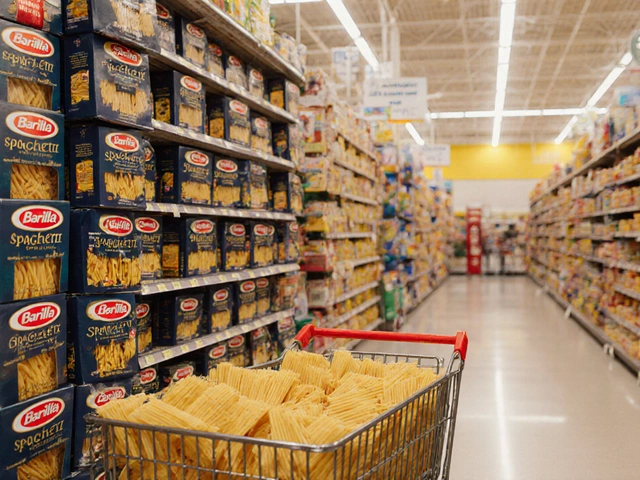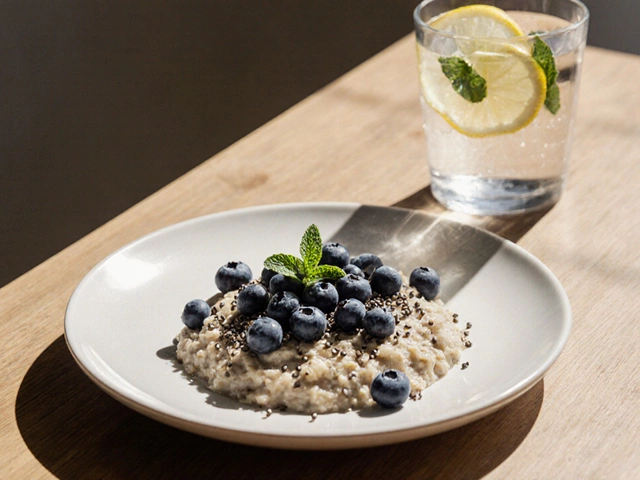Hidden Gluten: How to Find It and Keep Your Food Safe
If you’ve been told to go gluten‑free, you quickly discover that gluten loves playing hide‑and‑seek. It’s not just bread and pasta—many everyday items can sneak gluten in without you noticing. This guide shows you the most common culprits, easy label tricks, and simple kitchen habits to stop hidden gluten from ruining your diet.
Where Gluten Likes to Hide
First, know the places gluten hides. Sauces are a big one—soy sauce, teriyaki, and even some ketchup can contain wheat‑based thickeners. Processed meats like sausages or deli slices sometimes use gluten as a filler or binder. Even “gluten‑free” claims can be misleading if the product is made in a shared facility where wheat flour is processed. Look out for these ingredients on the back of the pack: malt, malt‑odextrin, modified food starch, hydrolyzed vegetable protein, and any mention of wheat, barley, or rye.
Another sneaky spot is the bakery aisle. Many frozen breads, rolls, and pastry mixes claim they’re “quick breads” but still have wheat flour hidden in the batter. If a product says “contains 2% or less of a certain ingredient,” that tiny amount can still trigger a reaction for people with celiac disease.
Practical Tips for Spotting Hidden Gluten
Reading labels doesn’t have to feel like a puzzle. Start by scanning the first three ingredients—if wheat, barley, rye, or oats appear early, the product is likely off‑limits. When you see a long list of unfamiliar names, grab your phone and search them; most gluten‑free apps will flag them for you.
Cross‑contamination is real, especially in shared kitchens. If you buy a gluten‑free loaf but store it next to a regular loaf, crumbs can transfer. Keep a dedicated gluten‑free shelf or use sealed containers. In the freezer, label each bag with “GF” – a quick visual cue saves you from a costly mistake.
Dining out is where hidden gluten pops up most. Ask the server if sauces are made in‑house or pre‑made. Many restaurants use a single pot for soups and stews, adding wheat flour as a thickener. Request a gluten‑free menu or tell the chef you need a plain preparation with no hidden thickeners. It’s okay to repeat the question—clear communication protects your health.
Finally, don’t forget the sweet side. Candy, granola bars, and even some ice‑cream flavors add wheat‑based fillers for texture. Look for the “gluten‑free” seal from a trusted certifier; a simple symbol can cut out the guesswork.
By staying alert to where gluten hides and using these label‑reading shortcuts, you’ll dodge hidden gluten almost every time. The goal isn’t to live in fear but to make everyday choices that keep you feeling great. Keep this checklist handy, and you’ll master gluten‑free living without the hassle.

Surprising Foods That Aren't Gluten-Free: Hidden Sources and Sneaky Traps
by Landon Weathers / 1 Aug 2025Think oat milk and soy sauce are gluten-free? Think again. Discover hidden gluten sources and avoid gluten traps that catch even careful eaters off guard.


